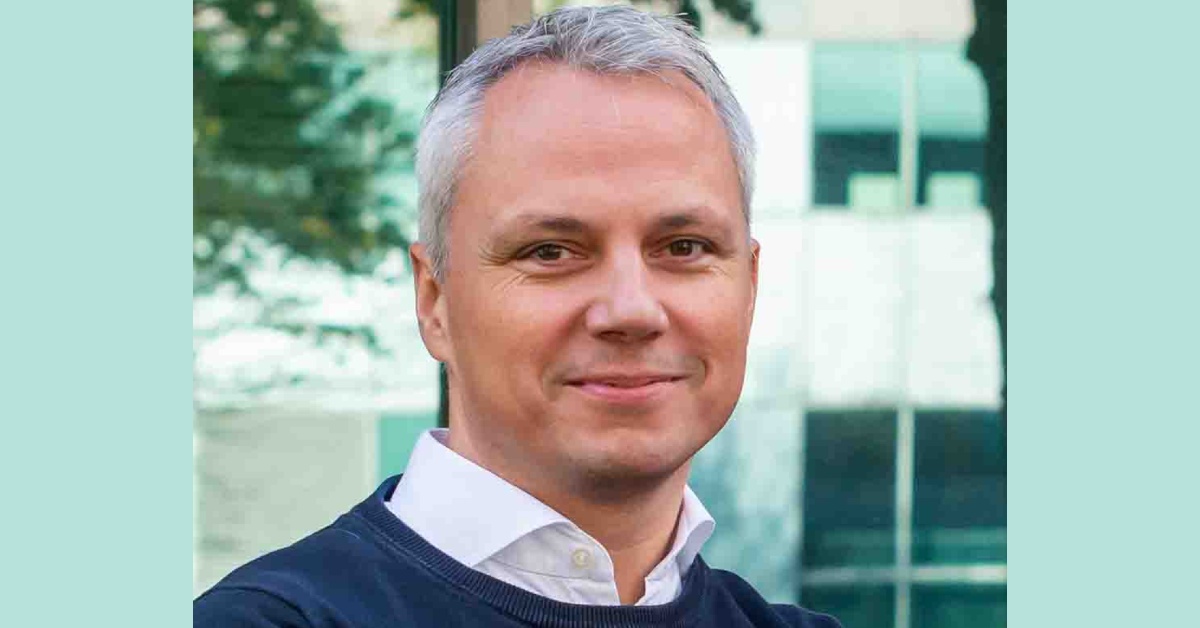Delft-based VSParticle (VSP), a supplier of nanoparticle synthesis and deposition tools is partnering with Meta’s Fundamental AI Research (FAIR) team and the University of Toronto (UofT) to advance clean energy solutions.
This collaboration merges VSP’s advanced nanoporous layer printing technology, UofT’s testing platform, and Meta AI’s models to quickly create and test new materials.
During the first phase of the Open Catalyst Experiments 2024 (OCx24), they identified and tested hundreds of electrocatalysts, resulting in the largest open-source experimental catalyst database.
“Through this collaboration, we’re breaking new ground in material discovery. It marks a significant leap in our ability to predict and validate materials that are critical for clean energy solutions. The results we’re seeing with electrocatalysts demonstrate the real-world potential of AI in addressing urgent climate challenges,” says Larry Zitnick, Research Director at Meta AI.
The announcement comes a couple of months after securing €6.5M in an A2 extension round led by NordicNinja and Plural.
VSP x Meta x University of Toronto partnership
Electrocatalysts play a vital role in decarbonising industries and achieving global climate targets, particularly in clean energy processes such as carbon dioxide reduction reactions (CO2RR), hydrogen production, and the development of next-generation batteries.
To speed up the discovery of these catalysts, Meta’s FAIR team has been developing AI models that can identify suitable candidates for energy conversion processes in a matter of hours rather than months.
Additionally, training AI models to predict the best electrocatalyst materials requires large and diverse experimental datasets, which are currently lacking.
To address this gap and fast-track the transition from discovery to manufacturing, VSP, Meta, and the University of Toronto (UoT) collaborated to test datasets of hundreds of unique and diverse materials in the lab, creating an open-source database.
Using a technique called spark ablation, the VSP-P1 nanoprinter synthesised 525 materials that had been identified by AI as the most promising candidates for CO2 reduction reactions (CO2RR) by converting each into nanoparticles.
These nanoparticles were deposited as thin, nanoporous films and were shared with the University of Toronto, where a high-throughput testing pipeline evaluated how well each material performed under various industrial conditions.
VSP’s unique nanoparticle approach provided researchers with enhanced control over particle size and composition, along with the high levels of automation and speed necessary to produce nanoporous materials at the required scale.
The findings were added to an experimental database, allowing researchers to validate AI predictions with real-world results and identify hundreds of potential low-cost catalysts.
The project also conducted a record 20 million computer simulations, the largest of its kind, which can help create larger databases for scaling up these processes.
To advance material discovery, AI models need to be trained on larger datasets of 10,000 to 100,000 unique tested materials.
VSP’s technology is currently the only one capable of synthesizing such a vast number of high-performance thin-film nanoporous materials.
As a result, the company is collaborating with institutions like Sorbonne University Abu Dhabi, Lawrence Livermore National Laboratory, the Materials Discovery Research Institute (MDRI), and the Dutch Institute for Fundamental Energy Research (DIFFER).
VSP is also enhancing its technology for improved speed and efficiency.
The current VSP-P1 printer operates at 300 sparks per second, while a new model aims to increase this to 20,000 sparks per second.
This upgrade will facilitate green hydrogen production by enabling the printing of components for the porous transport electrode, which industrial customers need.
Consequently, VSP could reduce production costs by 85% through fewer equipment, lower energy use, and greater automation.
“By producing unique electrocatalysts at unprecedented speed, our partnership with Meta and the University of Toronto is not only helping to validate years of theory, but it’s shortening the discovery-to-application timeline; clearing a bottleneck that has held advanced materials back for decades. We have the only technology worldwide which is capable of delivering such a high number of unique nanoporous materials in a short period, to bring to life the vital work of Meta and UoT. Together, we’re proving that the materials needed to power this next generation of clean energy systems can be discovered and deployed at a pace that meets the urgency of the climate crisis,” says Aaike van Vugt, co-founder and CEO of VSParticle
VSParticle: Accelerating material development
Founded in 2014, VSParticle accelerates material development to power next-gen products and unlock large-scale innovation. Its technology integrates all three steps of material innovation: lab trial and error, production process optimisation, and mass production scaling.
Researchers and R&D teams across Europe, China, India, and the US use VSP’s technology to develop next-gen gas sensors and catalyst-coated membranes (CCMs) for green hydrogen.
VSP’s mission is to achieve a century of material innovation in a decade, address the climate crisis, and enable a more sustainable future.
Over the past year, VSP has shipped its flagship product, the VSP-P1 Nanoprinter, to research teams across Asia, the Middle East, Europe, and North America, including institutions like Sorbonne University Abu Dhabi, Lawrence Livermore National Laboratory, Materials Discovery Research Institute, and the Dutch Institute for Fundamental Energy Research.










01
From telecom veteran to Dutch Startup Visa success: The Jignesh Dave story